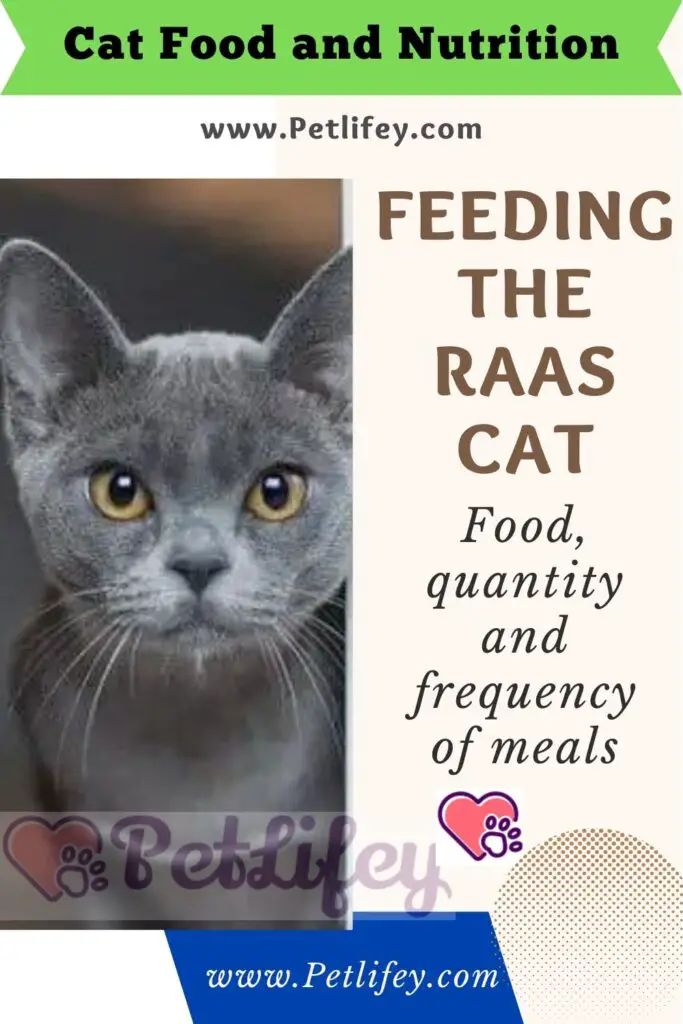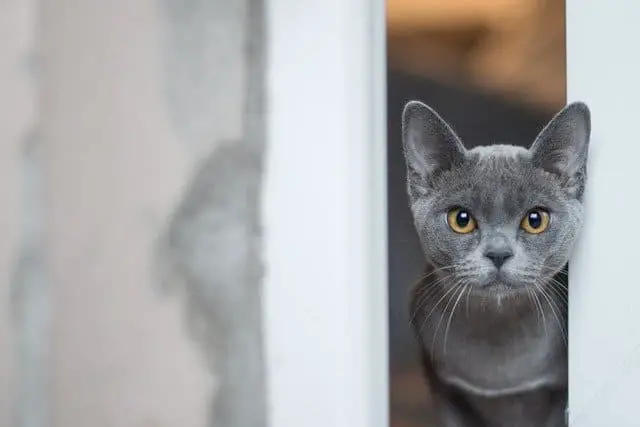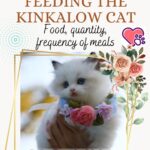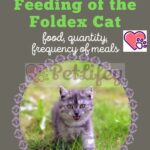
Here are all the nutrients that cannot be missing in the perfect diet of the Raas cat: let’s find out what to feed him, how much and when.
Finding the perfect diet for our four-legged friend is a question that is anything but secondary to his well-being: here is all the information to know to plan the ideal diet for the Raas cat.
Feeding the Raas cat: quantity and frequency of meals
When to feed the cat? The advice is to do it twice a day, in the morning and in the evening.
Alternatively, you can divide the cat’s daily meal dose into small snacks, to be given throughout the day to keep its energy levels constant.
What is the ideal amount of food for the feline? It would be preferable to ask the veterinarian for advice, who will identify the amount of food suitable to meet the nutritional needs of the cat, based on a series of individual parameters such as age, weight, lifestyle and health conditions.
In principle, to identify the ration of wet food it would be necessary to multiply 40 grams for each kg of weight of the four-legged.
The dose will then be divided by 3 in order to calculate the amount of dry food for the cat.
What to feed the Raas cat

What foods can not miss in the ideal diet of the Raas cat?
Being a carnivorous animal, it is essential that the diet of this feline is mainly based on the intake of meat and fish.
Green light for mackerel, tuna, beef and chicken. Proteins of animal origin, in fact, provide the cat with a series of essential nutrients, essential for its well-being.
Since your body is unable to produce them on its own, it is essential that you get these substances in your diet.
These are B vitamins such as thiamin, cobalamin and niacin, which ensure proper functioning of the cat’s immune and nervous system.
Home or industrial nutrition for the Raas cat?
Finally, we just have to understand which diet is most suitable for the Raas cat.
The home diet requires that we take care of the complete preparation of the cat’s meals: we will have to choose the ingredients and cook them.
This will allow us to check the raw materials and the way they are processed more accurately.
On the other hand, it is an option that involves a greater expenditure of time and energy.
Not to mention that the risk of nutritional deficiencies, if the feeding has not been carefully planned by the vet, is just around the corner.
Alternatively, you can opt for an industrial diet for the cat. What is it about? Just buy the feed for the four-legged directly from the supermarket shelves.
In reality, there is no better diet than the other: it all depends on our needs.
Regardless of the diet chosen, in any case, the quality and goodness of the ingredients intended for your pet are essential to ensure a long and healthy life.






